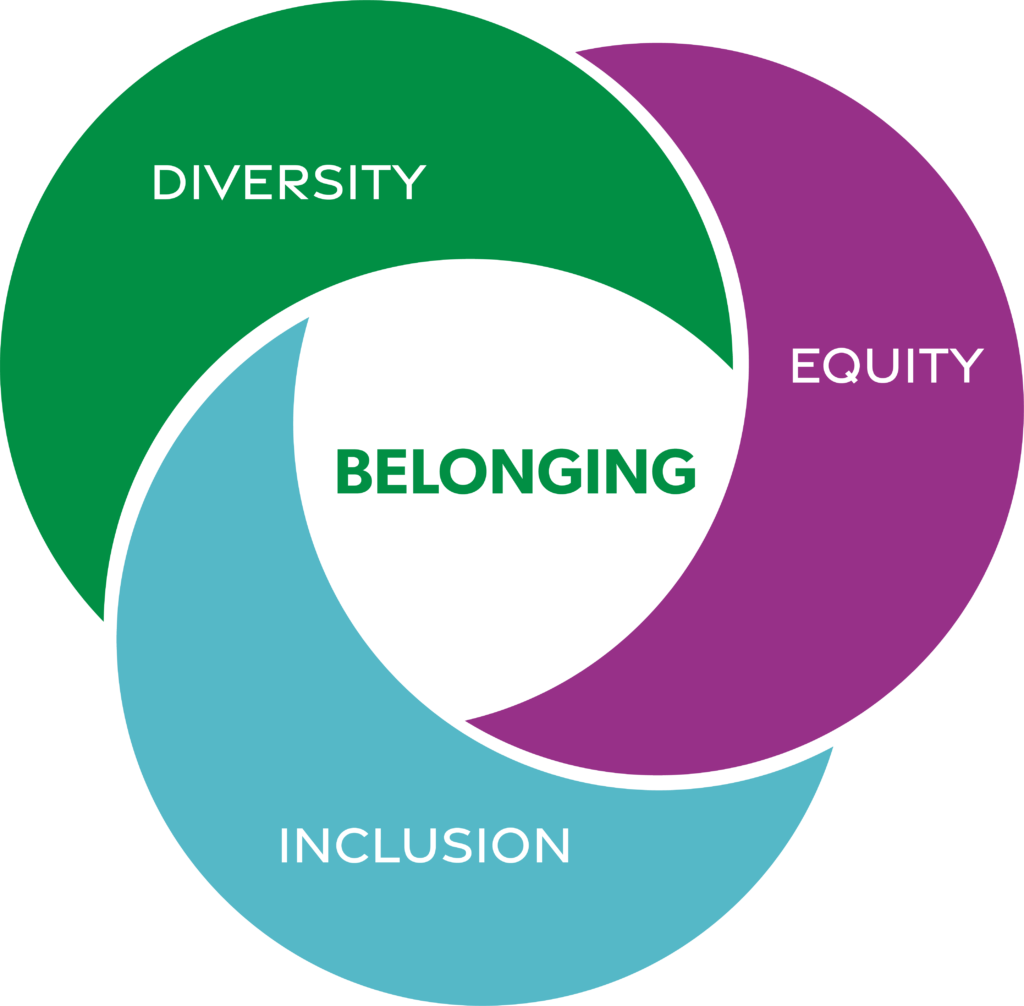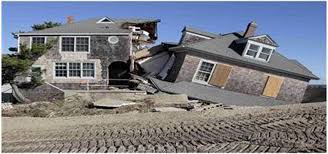Global Military Spending: Europe's Response To The Russian Threat

Table of Contents
The Escalation of the Russo-Ukrainian War and its Impact on European Defense Budgets
The Russo-Ukrainian War has fundamentally reshaped European security perceptions. The scale and brutality of the conflict, coupled with Russia's blatant disregard for international norms, have forced a reassessment of existing defense strategies. This has directly translated into a significant increase in defense spending across numerous European nations.
- Poland, for example, has dramatically increased its military budget, prioritizing modernization and bolstering its defense capabilities along its eastern border.
- Germany, historically hesitant about significant military spending, has committed to a substantial increase in its defense budget, aiming to meet NATO's target of 2% of GDP.
- Other countries like the United Kingdom, France, and the Nordic nations have also witnessed notable increases in their defense budgets, reflecting a broader commitment to enhanced security.
Quantifiable data reveals the magnitude of this shift. Poland’s defense spending has increased by over 50% in recent years, while Germany's commitment represents a significant departure from its previous defense posture. NATO's role in coordinating and strengthening collective defense has further amplified the pressure on member states to increase their spending commitments.
Key Drivers of Increased Military Spending in Europe
The increase in European military spending extends beyond the immediate crisis in Ukraine. Several interconnected factors contribute to this trend:
- Resurgent Russian Military Assertiveness: Russia's annexation of Crimea in 2014 and its ongoing military interventions in neighboring countries have demonstrated a clear pattern of expansionist ambitions and disregard for international law. This has heightened anxieties across Europe.
- Hybrid Warfare and Information Operations: The Kremlin’s sophisticated use of hybrid warfare tactics—combining conventional military actions with disinformation campaigns, cyberattacks, and political interference—has underscored the need for robust defenses against non-traditional threats.
- Energy Security Concerns: Europe's previous dependence on Russian energy supplies has become a significant vulnerability. The conflict has highlighted the need to diversify energy sources and enhance energy security, a critical aspect of national security.
- Updated NATO Defense Strategies: NATO's adaptation to the changing security landscape includes strengthened deterrence measures and a renewed focus on collective defense, impacting the spending commitments of its member states.
Specific Areas of Increased Investment in European Military Capabilities
The increased funds are being channeled into several key areas:
- Modernization of Military Equipment: European nations are investing heavily in modernizing their existing weapons systems, procuring advanced fighter jets, upgrading tanks, and acquiring advanced missile defense systems.
- Cyber Warfare Capabilities: Recognizing the growing threat of cyberattacks, countries are bolstering their cyber defense capabilities and investing in offensive cyber warfare capabilities.
- Intelligence Gathering and Analysis: Enhanced intelligence gathering and analysis are crucial for effective threat assessment and response, leading to increased investment in this sector.
- Border Security and Defense: Strengthening border security and defense infrastructure has become a priority, focusing on enhanced surveillance technology and border patrol capabilities.
Economic and Societal Implications of Increased Military Spending in Europe
The significant increase in military spending has economic and societal ramifications:
- Impact on Social Programs: Increased defense budgets could potentially divert funds from social programs, healthcare, and education, leading to political debates about resource allocation.
- Economic Effects: The increased defense spending has both positive and negative economic effects. While it stimulates the defense industry and creates jobs, it can also strain national budgets and potentially lead to higher taxes.
- Public Opinion: Public opinion on increased military spending is divided, with some supporting enhanced security measures while others express concerns about the economic and social costs.
- Opportunities for the Defense Industry: The increased military spending presents significant opportunities for growth and innovation within the European defense industry.
Comparison with Global Military Spending Trends
Europe's increased military spending must be considered within the broader context of global trends.
- Comparison with Major Spenders: While Europe's increase is significant, the USA and China remain the world's largest military spenders. However, the relative increase in European spending is noteworthy.
- Global Trends: Global military expenditure has been rising for several years, reflecting a growing sense of insecurity and geopolitical competition.
- Arms Race Implications: The continued increase in military spending globally raises concerns about a potential new arms race, with potentially destabilizing consequences.
Conclusion: Global Military Spending: Europe's Response to the Russian Threat – A Look Ahead
In conclusion, the Russo-Ukrainian war has profoundly impacted "Global Military Spending: Europe's Response to the Russian Threat," leading to significant increases in defense budgets across Europe. These increases are driven not only by the immediate conflict but also by broader concerns about Russian assertiveness, hybrid warfare, and energy security. The economic and societal implications of this spending surge are considerable and warrant ongoing scrutiny. Future trends in European defense spending will depend on the evolution of the geopolitical landscape, the duration of the conflict in Ukraine, and the continued adaptation of European security strategies. Further research and discussion on the complex dynamics of Global Military Spending: Europe's Response to the Russian Threat are crucial for a comprehensive understanding of this evolving situation. We encourage you to explore additional resources and continue the vital conversation surrounding this critical topic.

Featured Posts
-
 Kycklingnuggets I Majsflingor Det Perfekta Receptet
May 01, 2025
Kycklingnuggets I Majsflingor Det Perfekta Receptet
May 01, 2025 -
 Dallas Icon Passes Away At Age 100
May 01, 2025
Dallas Icon Passes Away At Age 100
May 01, 2025 -
 Targets Decision To Scale Back Dei Initiatives Impact On Sales And Public Perception
May 01, 2025
Targets Decision To Scale Back Dei Initiatives Impact On Sales And Public Perception
May 01, 2025 -
 Understanding Michael Jordan Fast Facts And Accomplishments
May 01, 2025
Understanding Michael Jordan Fast Facts And Accomplishments
May 01, 2025 -
 Enexis En Kampen In Kort Geding Om Stroomnetaansluiting
May 01, 2025
Enexis En Kampen In Kort Geding Om Stroomnetaansluiting
May 01, 2025
Latest Posts
-
 Louisville Postal Service Mail Delays Expected To Conclude Soon
May 01, 2025
Louisville Postal Service Mail Delays Expected To Conclude Soon
May 01, 2025 -
 Delays In Kentucky Storm Damage Assessments Understanding The Reasons
May 01, 2025
Delays In Kentucky Storm Damage Assessments Understanding The Reasons
May 01, 2025 -
 Louisville Mail Delays End In Sight Says Postal Union
May 01, 2025
Louisville Mail Delays End In Sight Says Postal Union
May 01, 2025 -
 Why Kentucky Storm Damage Assessments Are Delayed
May 01, 2025
Why Kentucky Storm Damage Assessments Are Delayed
May 01, 2025 -
 Louisville Tornado Anniversary Reflecting On The Storms Impact
May 01, 2025
Louisville Tornado Anniversary Reflecting On The Storms Impact
May 01, 2025
